European pale lagers are a popular style of beer known for their refreshing qualities, light color, and crisp taste. Here’s an overview of this beer category:
Characteristics of Euro Pale Lager
Color: Typically pale to golden.
Flavor Profile: Features a well-attenuated body with a varying degree of noble hop bitterness. The flavor is generally clean and crisp, with subtle malt sweetness and a dry finish.
Ingredients: Primarily made from Pilsner malt, noble hops, and water. Some brewers may use adjuncts like rice or corn to lighten the body.
Alcohol Content: Generally ranges from 4% to 6% ABV (alcohol by volume).
Historical Context
The development of pale lagers can be traced back to the mid-19th century when brewing techniques were influenced by British pale ales. Notably, Gabriel Sedlmayr introduced these techniques at the Spaten Brewery in Germany, leading to the creation of the first modern pale lager, Pilsner Urquell, in 1842 23. This innovation spurred the popularity of pale lagers across Europe.
Notable Variants
Pilsner: Originating from Pilsen, Czech Republic, this style is characterized by its pronounced hop aroma and dry finish.
Dortmunder Export: A style developed in Dortmund, Germany, known for its balance and slightly higher alcohol content.
Helles: A traditional German lager that is lighter in color and less hoppy than Pilsner.
Popular European Pale Lagers
Here are some well-known examples:
Stella Artois (Belgium): A classic Euro pale lager with a balanced flavor profile featuring floral hops and cereal grains.
Peroni Nastro Azzurro (Italy): Known for its crisp flavor with notes of citrus and sweet cereal grains.
Carlsberg (Denmark): Offers a blend of pilsner malts and select hops, resulting in a complex yet easy-drinking lager.
Grolsch Premium Lager (Netherlands): Recognized for its crisp flavor and historical significance dating back to the 1600s.
Conclusion
European pale lagers are celebrated for their drinkability and versatility, making them suitable for various occasions. Their development reflects a rich brewing history that continues to influence beer culture today.



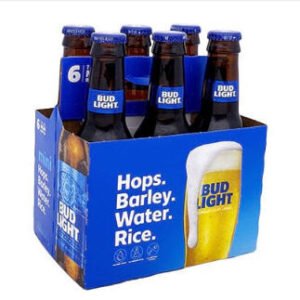
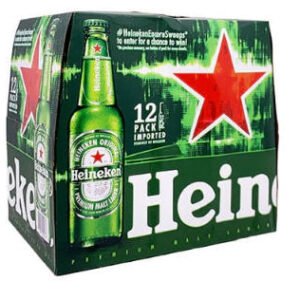


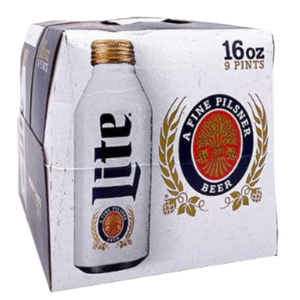
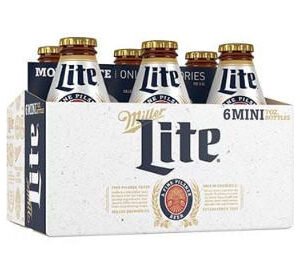

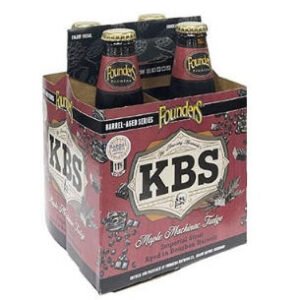
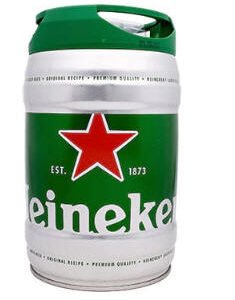
 No products in the cart.
No products in the cart. 
Reviews
There are no reviews yet.